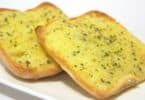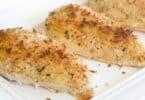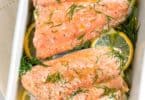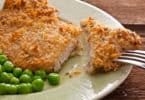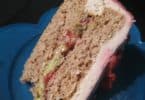
Delicious wholesome asparagus is a great addition to any meal. The trick to creating a table full of happy eaters is preparing the asparagus in just the right way to enhance its natural flavors and texture. If you are feeling a little green when it comes to properly baking asparagus, some simple tips will help you.
While you’re waiting for the time to go off as you bake your asparagus, here are some facts to get you excited about your upcoming meal! Asparagus is a good source of fiber, folate, and Vitamins A,C,E, and K. Asparagus is also good news for those concerned about insulin issues since this wonder vegetable contains chromium, a mineral known to enhance the ability of insulin to transport glucose into cells from the bloodstream.
Hot From the Oven is Best
There are quite a few methods to preparing asparagus for a meal. From boiling to steaming, it is a very versatile vegetable. However, in order to activate the full flavor of asparagus and create a juicy, tender culinary experience, nothing pleases diners quite like baked asparagus. The process of boiling asparagus, while it is effective at making the vegetable tender and easy to eat, actually robs the asparagus of its vital nutrients and flavor which give it its unique taste and health benefits. In addition, boiled asparagus will taste watery and bland. Steaming asparagus is great for maintaining the nutrients within the vegetable, but it does little to draw out the natural flavorings contained within. The best method for truly allowing the flavor of asparagus to burst out is to slowly bake and simmer the vegetable to a hot and tender state.
Moisture Means Flavor
The way in which you bake asparagus is almost as important as how long you bake asparagus for. Eliminating the naturally dry and course texture by adding some moisture and marinating juices can transform the way your asparagus dish cooks up. Once the asparagus has been washed and the course ends have been cut off, be sure to drizzle some olive oil over the stems. You can substitute a pad of butter or other spread as well. Finish off with a dash of salt and rosemary, or a fragrant herb of your choice, to enhance the flavor. The asparagus stems can be placed directly in a glass pan or can be laid over a layer of tin foil on a broiling pan. Cover the pan with an additional layer of tin foil before placing it in the oven in order to create a steam effect. Ina Garten, the maven of fresh meals, recommends kosher salt and fresh black pepper as a “dressing” for her asparagus recipe.
Bake Time
Since asparagus is an often overlooked vegetable, many people who embark on the process of preparing it find themselves asking, how long does it take to bake asparagus? The answer is, quicker than you think! Even though raw asparagus is a dense vegetable, its bake time is surprisingly quick. A one pound bundle, which is typically the weight packaged for sale in grocery stores, should sufficiently serve four adults. Bake times can be adjusted slightly to amend for a larger or smaller portion when you are embark on your own preparation. With an oven pre-heated to 400F degrees, asparagus should be ready in about fifteen minutes. The ends should have a slight brown crisp to them, while the main stem will darken without blackening. To test that the asparagus is fully baked, insert a fork into the vegetable’s flesh. The flesh should be tender enough to break the skin and “smoosh” down without resistance. Remove the asparagus from the oven before it becomes mushy.
<>


